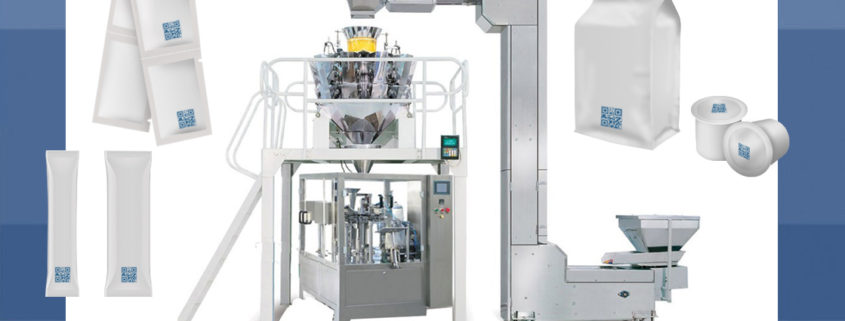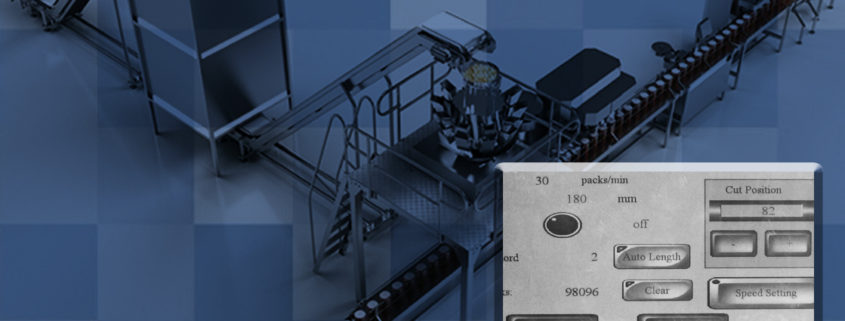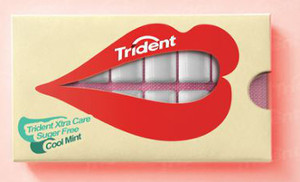“Contributing Factors to OEE Loss in CPG and How to Mitigate Them”
Overall Equipment Effectiveness (OEE) Part 2 of 4 Part Blog
Now that we understand what OEE is, how do you improve it as it relates to vertical packaging? The most simplistic way to look at this, is to consider the equation, OEE = Availability x Productivity x Quality, then break it down from there.
AVAILABILITY, can you produce when you need to? Maintaining your machine is critical. Following and exceeding its OEM recommended preventive maintenance plan will go a long way. An annual or bi annual independent machine assessment will take your machine’s availability to the next level. Machine assessments are commonly overlooked due to cost and schedule, but are necessary to avoid being blindsided in the middle of a major production run. The other more obvious contributing factor to availability is inventory. Film, printer consumables, product, and spare parts levels need to be monitored constantly, with inventory levels adjusted as needed.
PRODUCTIVITY, when you run, are you producing at the desired rate? Operator training is the single largest contributing factor to productivity. With high employee turnover, proper training can be a daunting task, but it is manageable. Through establishing an internal training protocol, bringing in packaging professionals, and employee retention your productivity will increase dramatically. Film quality and run-ability is something that needs to be considered as well.
QUALITY, are your packages consumer friendly? If the consumer is unhappy with the package it is nearly impossible to sell the product. Again, operator training and machine maintenance are key. A well trained operator will be able to immediately identify when the machine is not producing packages of quality and will make the necessary adjustments. Film selection and proper machine setup is the difference between a poor package or an exceptional package.
At FASTechnology Group we have a team of packaging experts that will guide you through the full process. Whether you need your machine repaired, a new machine, help in the production process, or just want to talk about your application we are ready to help.
In part three of this Blog we will discuss in greater detail “How proper operator training and maintenance improve OEE”.
Here is a Link to Part One “What is OEE and How Can It Be measured?”




